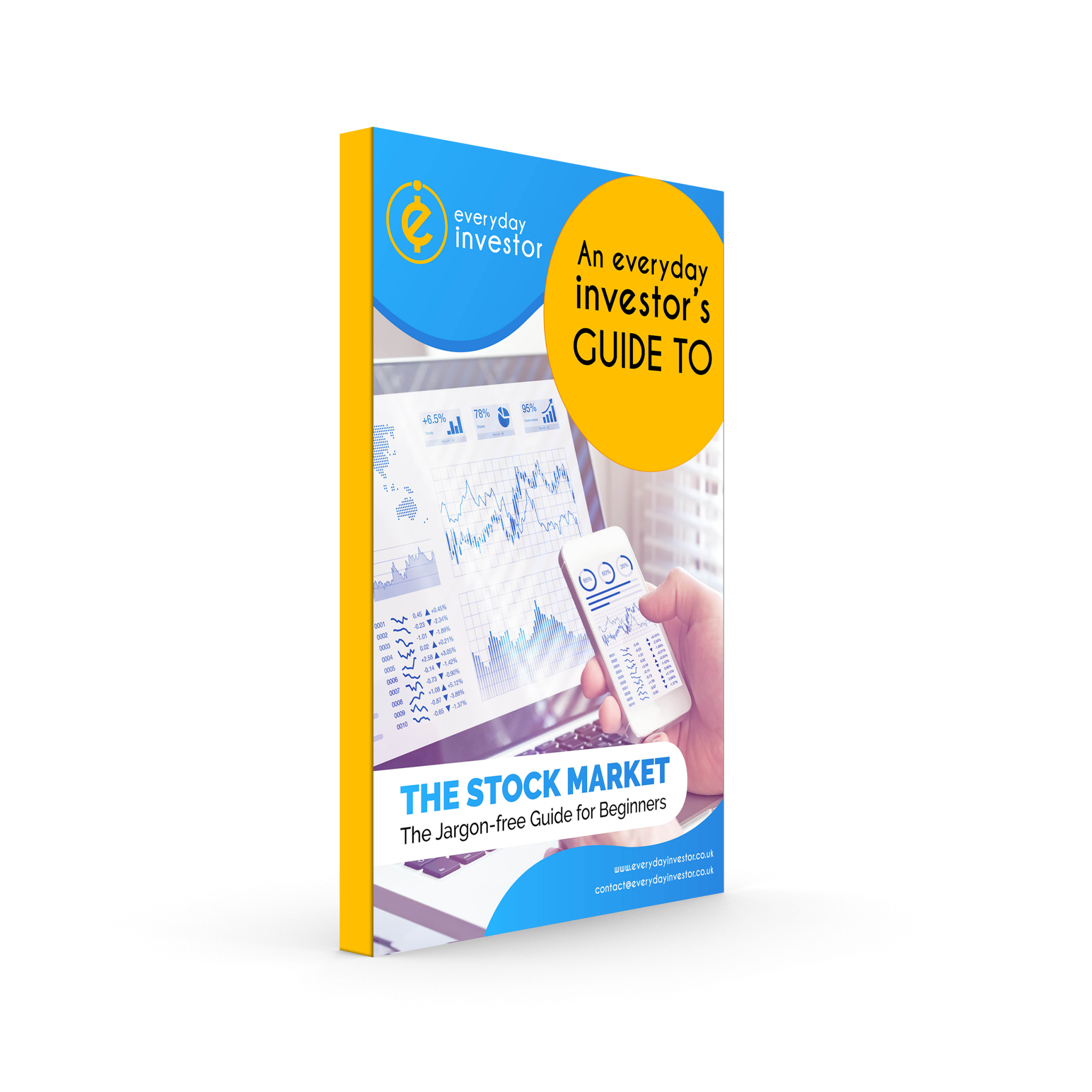Investment goals and how to set them
When it comes to the stock market it is important to set investment goals. Making investing decisions without being clear on what you are trying to achieve is a recipe for disaster.
No one can tell you what your investment goals should be. It is a personal decision based on your own circumstances. However, we have collated a few questions you can ask yourself to help trigger your thoughts.
How much are you investing?
Before setting any investment goals the first question to ask yourself is how much money you are looking to invest.
Set reasonable expectations
The amount you are investing will influence what you can reasonably expect to achieve. For example, if you have £10 to invest there is no point setting a goal to grow it into £1 million, despite what some people selling the “stock market secrets” might say.
Look at the track record of the types of investments you are considering to help you form a reasonable judgement about what might be achievable. This will help inform your investment goals. For example, if you are considering buying shares in FTSE listed companies then the average returns of the FTSE indexes over time may be a good place to start.
Beware of fees
The amount you have to invest will also be important when it comes to assessing the total cost of the investment. Transactions to buy shares (and often funds) will have fees attached. Let’s say you are looking to buy £50 of shares in a company. If your share dealing provider charges you £12 to buy the share you are 24% down on day one. That’s without factoring in a further £12 charge should you decide to sell the share in future.
Having a small amount to invest doesn’t necessarily preclude you from investing but you should compare different investment options. For example, some share dealing platforms charge a lower transaction fee (or no initial transaction fee at all) for investing in a fund. However, make sure you understand the full extent of fees and on-going charges.
What are you looking to achieve?
Set your destination
When setting your investment goals, you should be clear on what you are actually looking to achieve. It is impossible to set clear goals without understanding this. It is like jumping into a car and having no idea where you are driving to.
Once again this will be different for everyone. However, commonly, investors are following two strategies – investing for growth or investing for dividends.
Investing for growth
Investing for growth is an investment strategy where investors seek to grow their money over the long-term. They will attempt to achieve this through buying shares they believe will rise in value over time or funds that place focus on achieving long-term growth. People investing for growth will usually be willing to sacrifice income in the hope of growing their overall investment over the long-term.
Investing for dividends
On the other hand, investors seeking dividends from shares will be doing so as part of an income strategy. This is where they are seeking to receive a relatively stable income from their investment. A dividend is essentially a payment made to shareholders. Dividends are used by companies to disperse their annual profits. Companies that pay dividends and in particular larger dividends tend to be later stage, more mature businesses.
Consider the strategies against your destination
Whilst the two strategies are different, they are not mutually exclusive. Investors may adopt a mix of both strategies.
In setting your investment goals you should ask yourself which strategy is right for you, given your personal circumstances or whether a blend of both would suit you better. Refer back to what you are trying to achieve through investing.
In coming to this decision, you should be clear on your time-horizon. By this we mean how long you are willing to part with your money for.
How willing are you to accept the risk of losing money?
Understand the risks
With any investment there is always risk involved. When making any investment in the stock market it is important you understand your money is not secure. The value of the investment could go either up or down. Whilst it is rare for a public company to go bust, if they do, you could be left with nothing at all. Remember Blockbuster?
The intention here isn’t to set the fear running but just to ensure that you understand the context of investing. Whilst it is impossible to eliminate risk entirely, the level of risk involved will vary from investment-to-investment. Generally, the riskier the investment the higher the potential returns.
Risk vs. return
So those investors hungry for bigger returns may pursue riskier investments such as shares in very early stage companies not yet profitable and with no track record of share price growth. Such as shares listed on the Alternative Investment Market. However, they must be willing to accept the higher risk of losing more.
An investor who is less tolerant to risk may take a more conservative approach and seek out investments they believe to be safer. This could include buying shares in more established companies with a long track-record of good performance or shares traditionally seen as defensive. It could also include investing into funds rather than trying to pick individual shares themselves.
Remember there is no completely safe investment and it is important you complete your own research on each individual investment before making a decision.
Setting the investment goals
So, after you have considered the questions above, as an investor you need to set your goals. These should be clear, specific and time-bound.
Then, when making any investment decision you should be asking yourself how the action will move you closer to your goal.
Don’t forget to review your goals regularly to a) check progress against achieving them and b) ensure they remain valid and appropriate.
If you’re keen to learn more make sure you check out the rest of our website or grab a copy of our free Beginner’s Guide to Investing in the Stock Market.
All our content is provided for educational purposes only, to help you make your own decisions. We don’t provide personalised advice and therefore our content should not be considered an invitation, inducement or recommendation to engage in any particular investment activity. Please review our disclaimer and website terms for full details.








